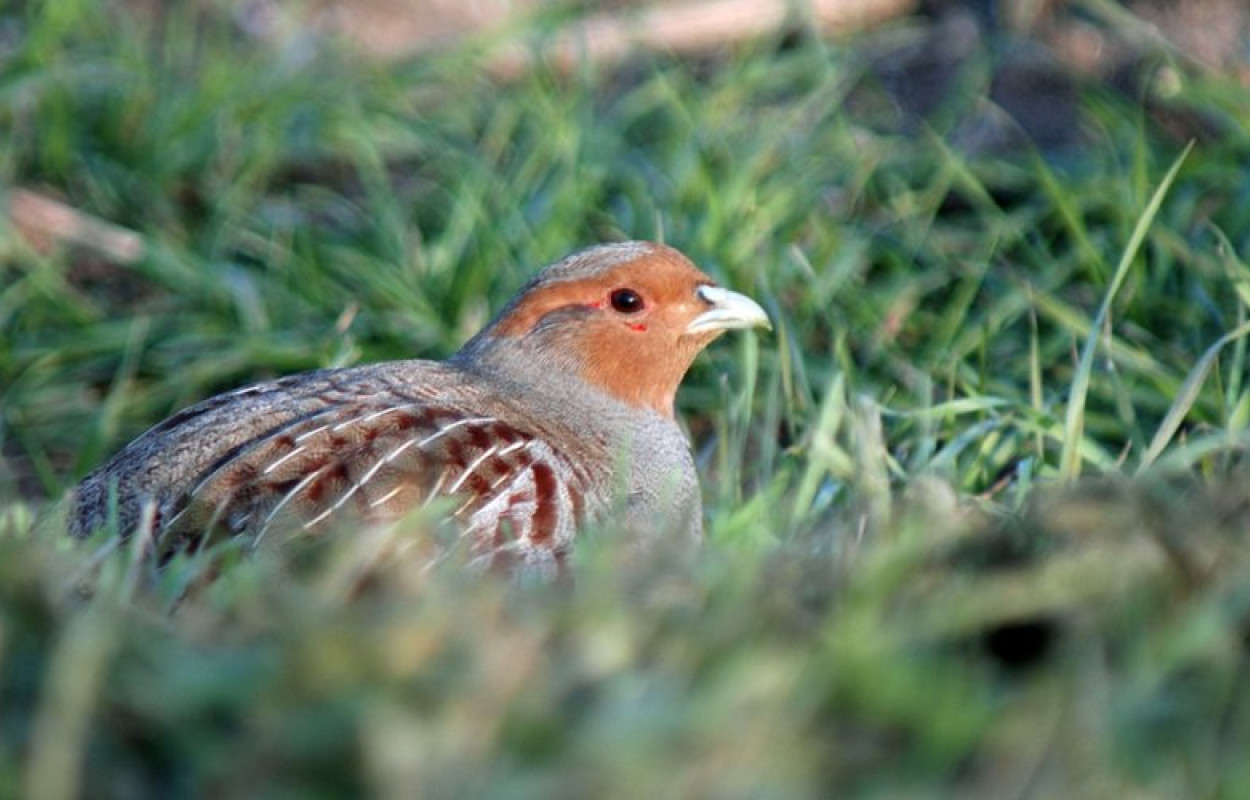Landscape-scale responses of birds to agri-environment management: a test of the English Environmental Stewardship scheme

Author(s): Baker, D.J., Freeman, S.S., Grice, P.V. & Siriwardena, G.M.
Published: January 2012
Journal: Journal of Applied Ecology Volume: 49 ( part 4 )
Digital Identifier No. (DOI): 10.1111/j.1365-2664.2012.02161.x
Publicly funded agri-environment schemes are widely used in Europe to address biodiversity losses in farmland ecosystems, but to date evidence of their effectiveness has been limited. New research by the BTO has used BBS data to show that since 2005, management to enhance winter seed availability for farmland birds in England as part of Environmental Stewardship (ES) has significantly reduced the rate of population decline for several species, including Yellowhammer, Linnet, Reed Bunting and Grey Partridge.
The types of management involved (leaving stubble overwinter and planting wild bird seed crops in field margins) were mostly implemented under the “broad and shallow” Entry Level Stewardship (ELS) scheme. In keeping with previous research, which indicated that winter food shortages are the most important factor in many farmland bird population declines, measures to enhance breeding habitat, such as providing field margins and managing hedges, had little effect across species.
Although significant, the positive effects of stubble and wild bird seed were small, and only slowed population declines rather than reversing them, suggesting that greater uptake of ES is still needed to see national growth of farmland bird populations. Revisions to ES, such as adapted options aiming to fill the late winter “hungry gap”, will also probably be needed.
Notes
This paper was chosen as the Editor's Choice in the August 2012 issue of the Journal of Applied Ecology.







Share this page